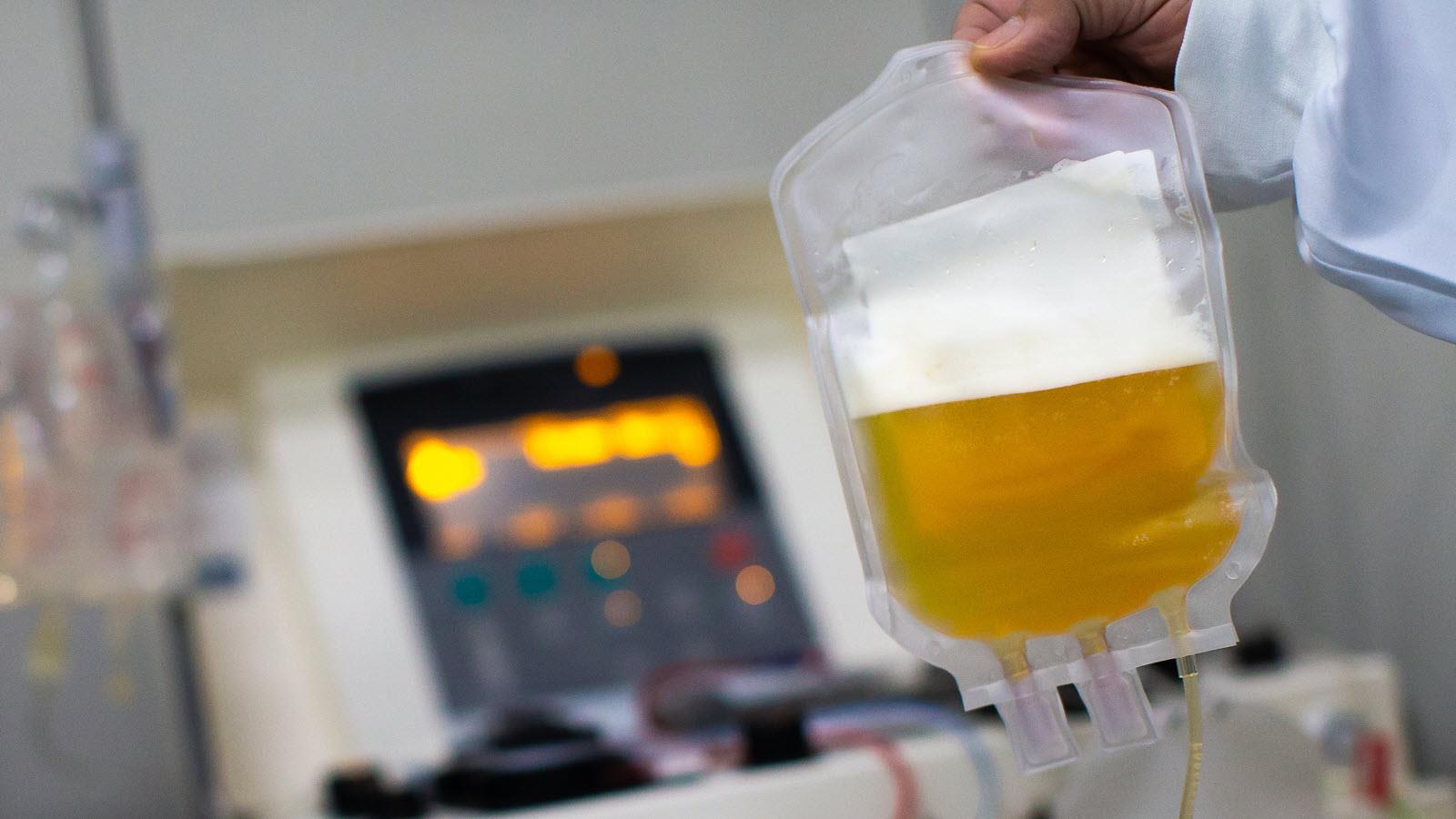In a recently published medical journal article, researchers analyzed self-reported data from more than 3,000 U.S. plasma donors who were asked to rate their health and well-being.
Read the article: “Effects of Donation Frequency on U.S. Source Plasma Donor Health,” in Transfusion, the American Association of Blood Banks’ peer-reviewed monthly journal.
CSL Plasma, which collects donated plasma used to manufacture medicines, participated in and contributed to this research. The study looked at the potential impact of U.S. plasma donation frequency on donor self-reported health and well-being.
Dr. Toby Simon, Senior Medical Director, Plasma and Plasma Safety, CSL Plasma, was an author on the study, and CSL Plasma centers were among the 14 U.S. source plasma donation centers that supported the research.
According to the Plasma Protein Therapeutics Association, which sponsored the peer-reviewed study, the results indicate that, based on donor self-reporting, compensated source plasma donations at U.S. FDA-permitted frequencies and volumes are consistent with maintaining donor health and safety.
Plasma is the starting material for medicines that treat primary immunodeficiency diseases, bleeding disorders such as hemophilia, and other rare and serious conditions. Plasma-derived therapies, such as albumin, are also used in hospital and urgent care settings.
“Assuring the well-being of our plasma donors and the quality of our starting materials is of the utmost importance to CSL, and we welcome this new research to the body of scientific evidence concerning plasma donation and donor health,” Simon said. “CSL recognizes that donors and their plasma donations are an integral part of helping keep our promise to patients who depend on the life-saving therapies derived from plasma.”



